Among the various titles that were conferred on the nobles of the English monarchy, a viscount was one of the most important among the British peerage.
The title had also been used in some of the other European countries to denote a noble of varying status but had generally belonged to the lower middling rank.
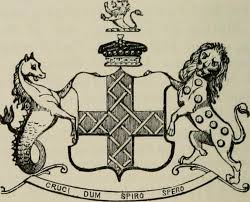
In some other countries, the title had even been non-hereditary. The position was an administrative and judicial position and did not develop into a hereditary title until much later.
Viscounts – The History
The origin of the word ‘viscount’ comes from the Old French word Viscomte or Vicomte in modern French, which has its roots in Medieval Latin Vicecomitem, which is accusative of Vicecomes.
The kings started to appoint counts to administer provinces during the Carolingian Empire as governors and military commanders.
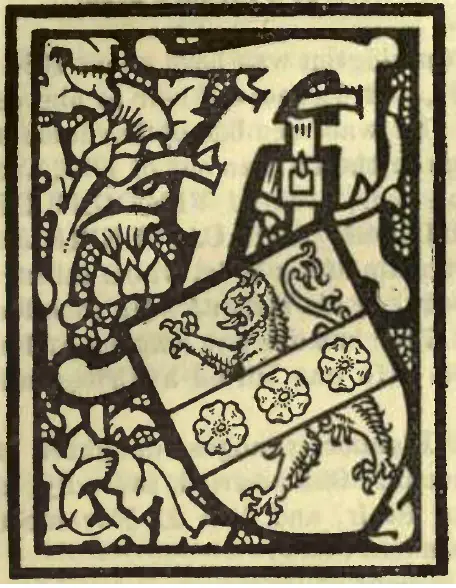
A viscounts were appointed to assist these counts in the running of their provinces and often had to take on judicial responsibility.
The kings had strict control over these offices to make sure the counts and viscounts would not become hereditary positions, thus consolidating their position and limiting the chance of rebellion.
What is a Duke
The title became useful in Normandy as early as the eleventh century. The Norman viscounts had also been local administrators just like the Carolingian viscounts and would work on behalf of the Duke.
What is a Viscount?
In 1478, the title of viscount was introduced to the Peerage of Ireland with that of a Viscount Gormanston, presently held by the 17th Viscount Gormanston, Jenico Preston.
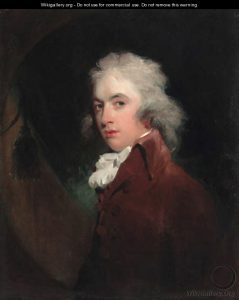
Viscount Clontarf and Viscount Baltinglass created in 1541, Viscount Mountgarret in 1550 and Viscount Decies created in 1569 are some of the other Irish viscountcies.
The role of the viscounts was to administer justice and collect revenues and taxes from the subjects and often act as castellan of the local castle. The position of the viscounts developed into a hereditary role under the Normans.
British Peerage System
The Viscounts were slowly replaced by bailiffs and provosts. The rank of the Viscounts in the British peerage was first recorded in 1440 under King Henry VI who made John Beaumont as Viscount Beaumont.
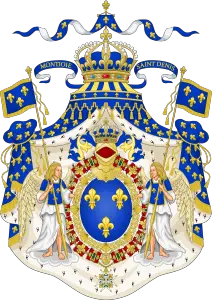
The viscount corresponds to the Anglo-Saxon shire reeve, which is the root of the non-nobiliary and the appointed office of the sheriff under the royalty.
Thus the early viscounts were just titles conferred by the monarch and were not hereditary. But soon these offices became hereditary in the wider sense.
Usage of the Title Viscount
The viscount holds the fourth rank in the British peerage system, thus it stands below the earl and above that of the baron. As of the present, there are about 270 viscounties existing in the peerages of the British Isles. However, most of these are secondary titles.
According to the British tradition, the title owned by the viscount could be anything, ranging from a surname to the name of a place or just a mere combination of the two. Examples are Viscount Hardinge, the Viscount Falmouth and the Viscount Colville of Culross.
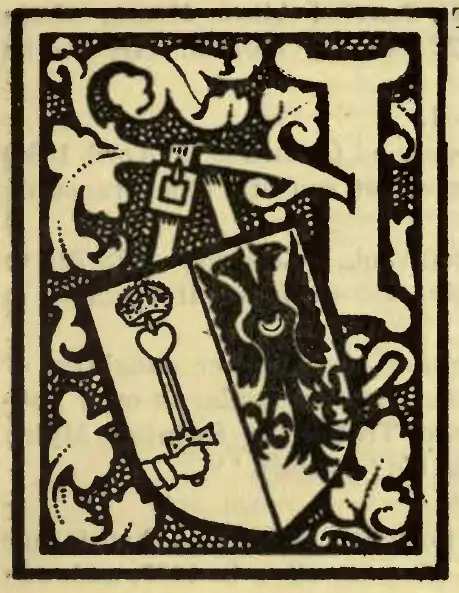
The Viscounts in the peerage of Scotland were traditionally styled to be called as the Viscount of the place, like the Viscount of Arbuthnott, but most came to use the more common version.
The Viscount would be addressed as Lord and the wife would be addressed as the Lady, while he is formally called as the Viscount, followed by the name of the viscountcy. The children are known as The Honourable, along with their name.
Viscount as a Courtesy Title
According to a certain British custom, the use of Viscount as a courtesy title could be done by the heir of an earl or a marquess. The apparent heir of a viscount would be referred to as a discount.
This could be done if the second most senior title held by the head of the family is a viscountcy. The eldest son of Earl Howe would be called as Viscount Curzon as this would be the second most senior title held by the Earl.
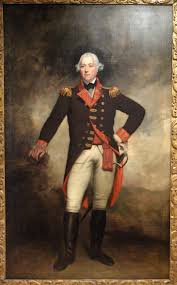
The son of a marquess or an earl could be referred to as a discount even when the title of the discount is not the second most senior title. This is when those above it share their name with the substantive title.
The son of a peer could be referred to as a discount even if a more senior courtesy title could be conferred that differs in name from the substantive title. Family traditions play a role in the usage of the courtesy title.